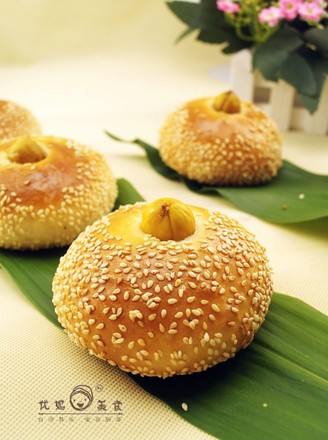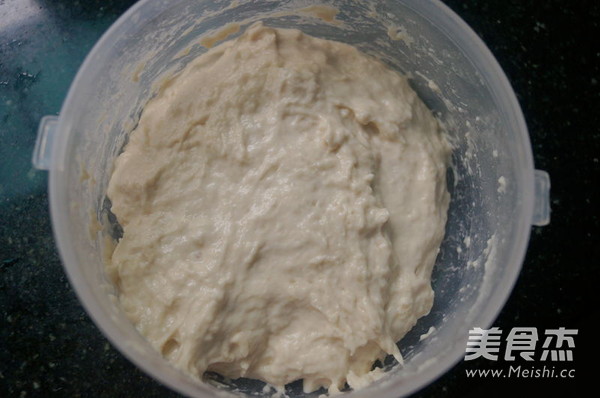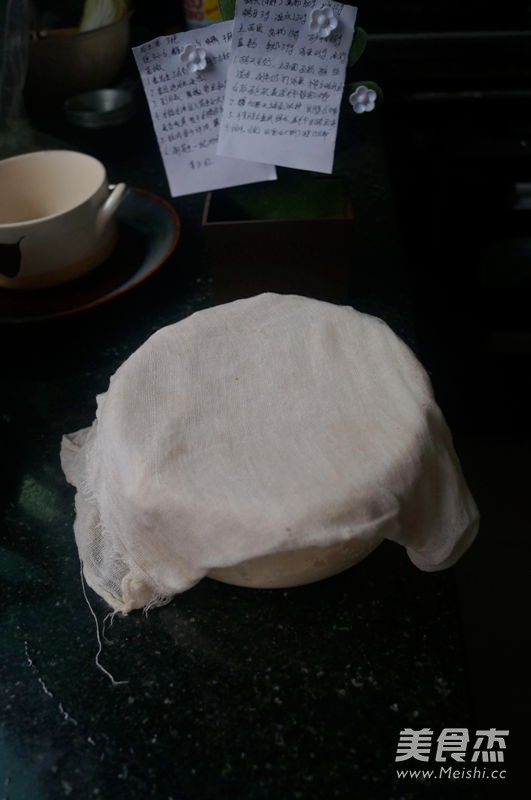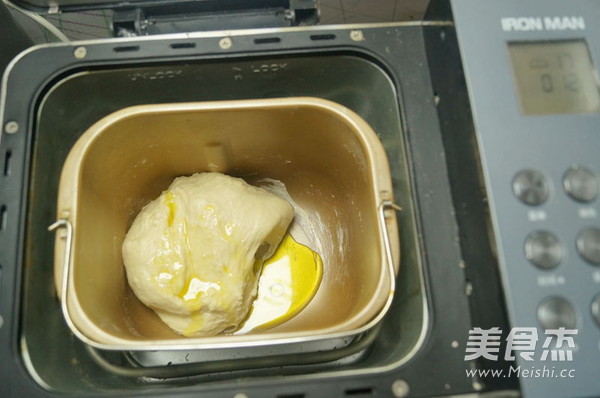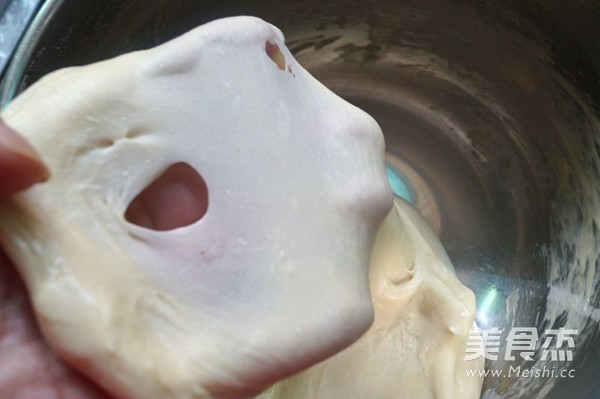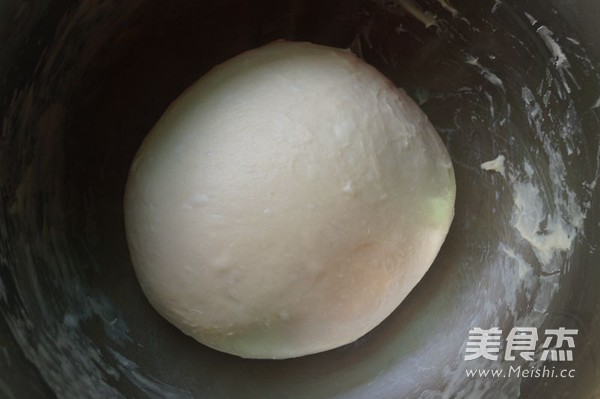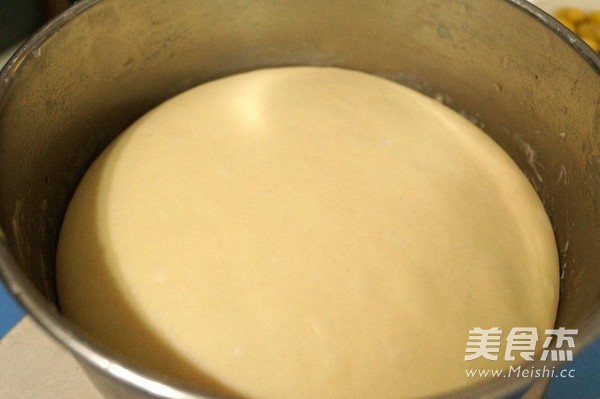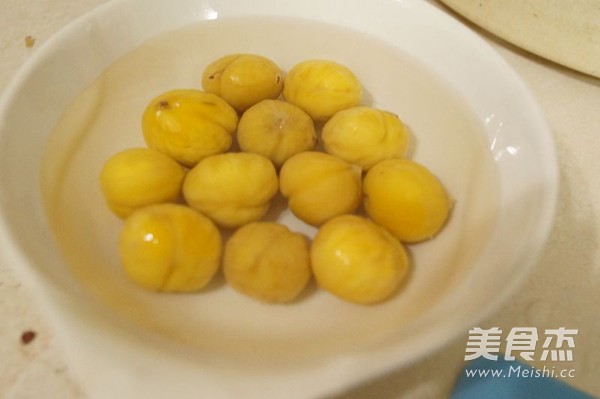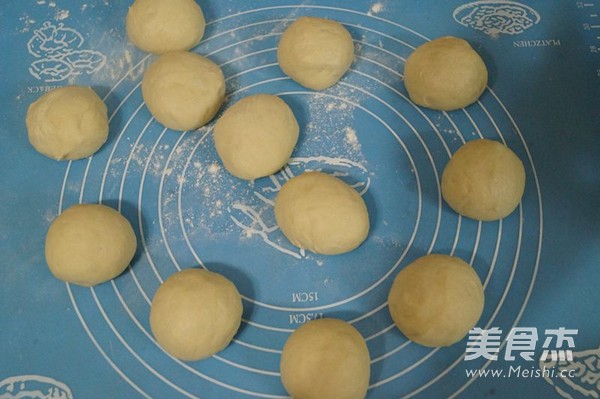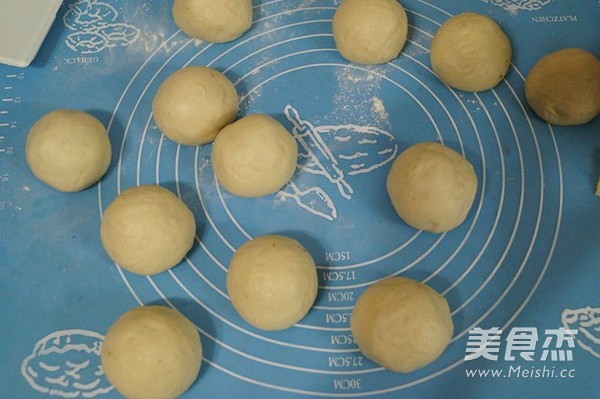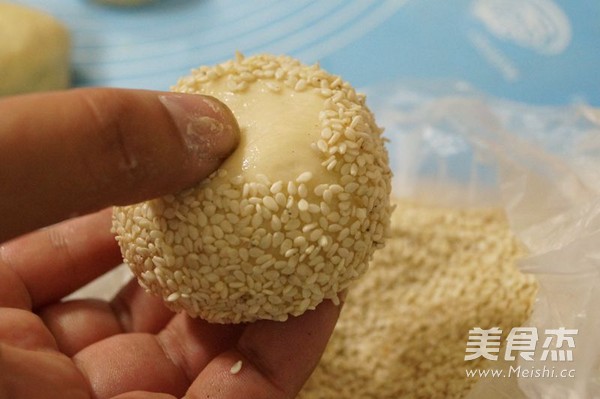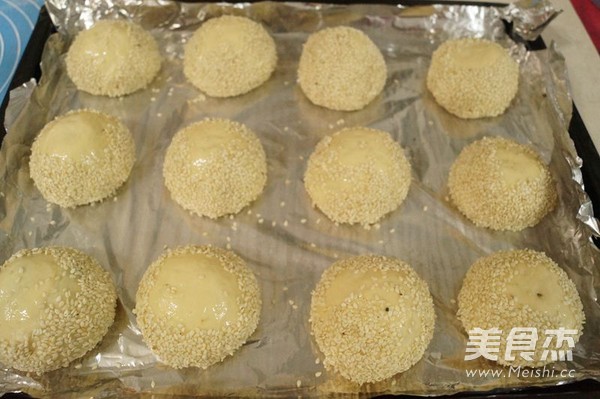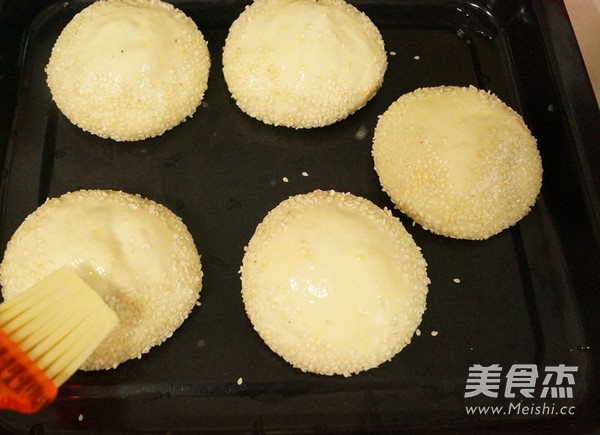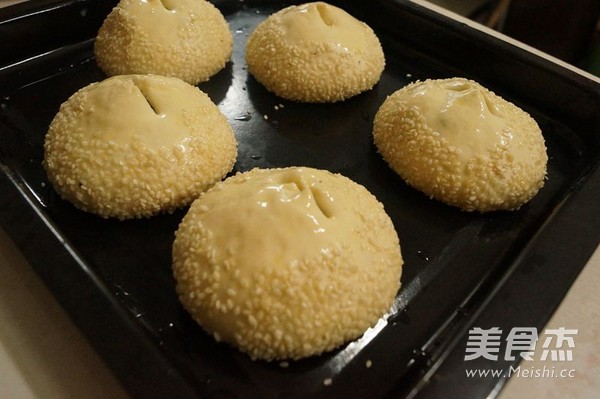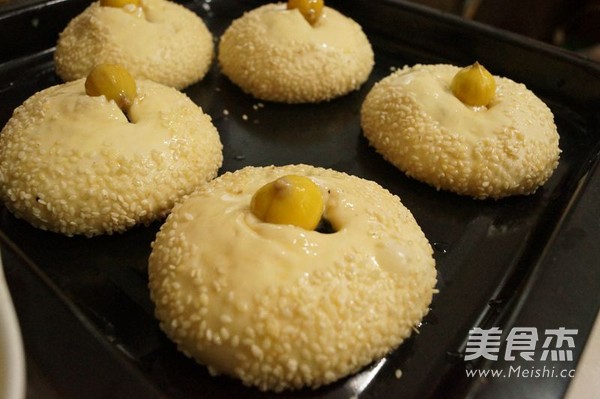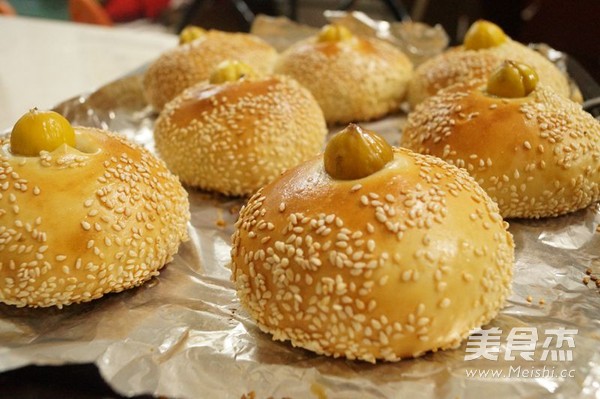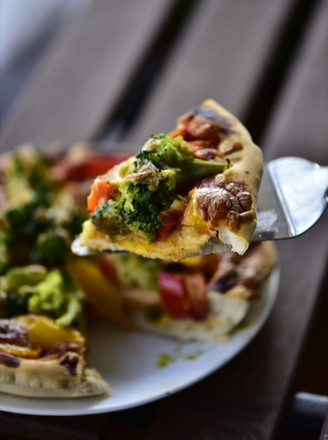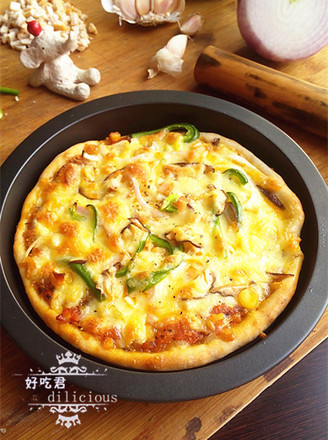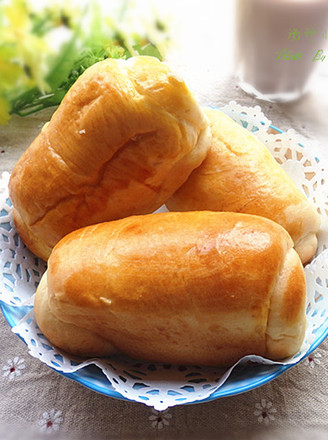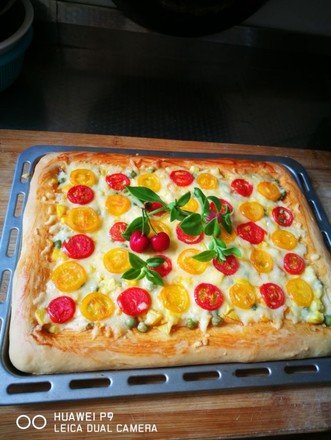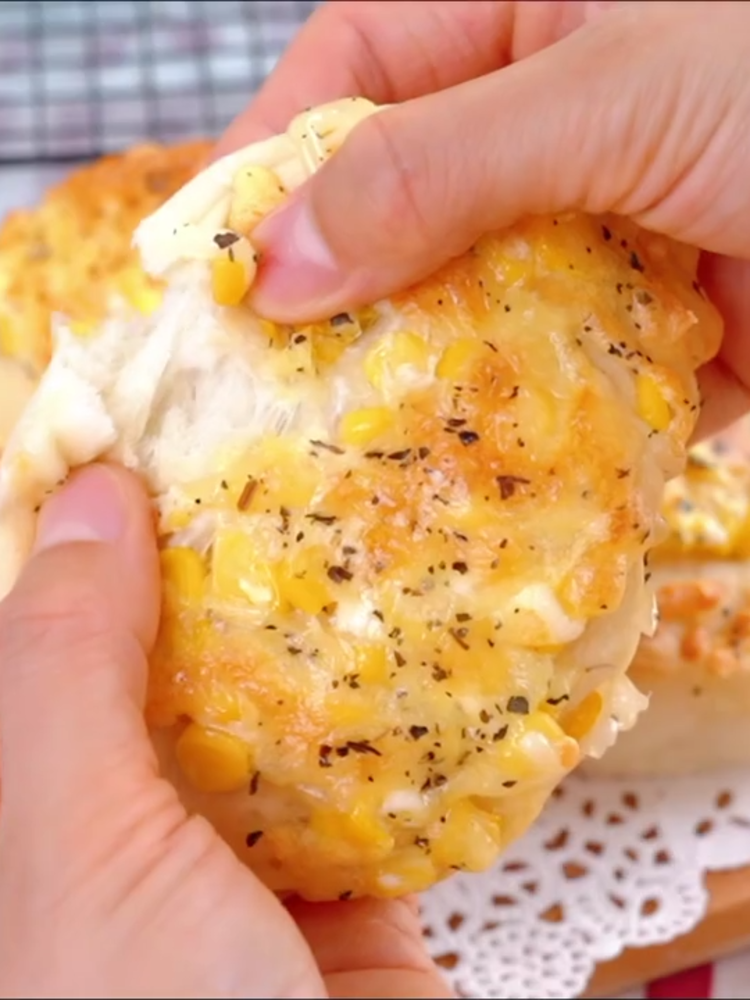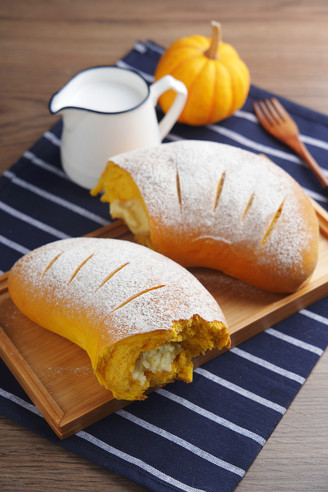Sesame Chestnut Bun
by You Ma Food
Favorite
Difficulty
Normal
Time
15m
Serving
5
Brother Pig took a lot of wild small chestnuts from his classmate’s hometown,
Every Castanea henryi is cute and adorable, and it will be very sweet after being boiled.
I cooked the cassis chestnut and used it to make a variety of pastries. This bread is one of them.
The children love this cute bread,
Because the outside is covered with sesame seeds, the scent of sesame is thick,
Hehe, it's sesame seeds inside, but black sesame filling.
1. Starter (medium species): 150 grams of high-gluten flour, 12 grams of sugar, 3 grams of dry yeast, 130 grams of warm water
2. Main dough: 150 grams of high-gluten flour, 48 grams of sugar, 1/2 tsp of salt, 39 grams of milk, 45 grams of eggs, 30 grams of olive oil
3. Filling: appropriate amount of black sesame filling, appropriate amount of white sesame, 12 castanea henryi, 1 whole egg liquid
Every Castanea henryi is cute and adorable, and it will be very sweet after being boiled.
I cooked the cassis chestnut and used it to make a variety of pastries. This bread is one of them.
The children love this cute bread,
Because the outside is covered with sesame seeds, the scent of sesame is thick,
Hehe, it's sesame seeds inside, but black sesame filling.
1. Starter (medium species): 150 grams of high-gluten flour, 12 grams of sugar, 3 grams of dry yeast, 130 grams of warm water
2. Main dough: 150 grams of high-gluten flour, 48 grams of sugar, 1/2 tsp of salt, 39 grams of milk, 45 grams of eggs, 30 grams of olive oil
3. Filling: appropriate amount of black sesame filling, appropriate amount of white sesame, 12 castanea henryi, 1 whole egg liquid

